On July 28, 2025, during a joint press conference in Scotland with British Prime Minister Keir Starmer, U.S. President Donald Trump issued an unexpected ultimatum to Russia. He declared that the Kremlin had no more than 10 to 12 days (until approximately Aug. 8, 2025) to make tangible progress toward ending the war in Ukraine. Should Moscow fail to comply, Trump warned that President Vladimir Putin would face a sweeping package of economic sanctions and severe trade restrictions. This escalation came on the heels of prolonged diplomatic stagnation and Trump’s increasingly vocal frustration with Russia’s continued military operations.
Subsequently, on July 31, 2025, former Russian President and current Deputy Chairman of the Russian Security Council Dmitry Medvedev responded with a pointed and ominous message via his Telegram channel. In his remarks, he invoked the “Dead Hand”—Russia’s semi-automated nuclear retaliation system designed to launch a retaliatory strike even in the event of a complete decapitation of the nation’s leadership.
In response, President Trump ordered the deployment of two U.S. nuclear submarines to strategic positions, framing the move as a necessary precaution in the face of what he described as “extraordinarily dangerous” nuclear threats. Notably, he refrained from specifying whether the submarines were nuclear-powered only or also nuclear-armed—introducing deliberate strategic ambiguity and reinforcing the doctrine of pre-emptive deterrence through calibrated uncertainty.
What renders this sequence of events particularly significant is that the confrontation did not remain confined to the U.S. and Russia. Its repercussions quickly extended to India, which was thrust into the geopolitical crossfire. On July 31, the Trump administration announced the imposition of a 25% tariff on all Indian exports to the United States, accompanied by threats of further penalties targeting Indian firms that continue to purchase Russian crude oil or engage in defence cooperation with Moscow. The rationale behind this punitive action lies in New Delhi’s deepening energy relationship with Russia.
Although the Indian government has not officially announced any suspension of contracts with Russian suppliers, discreet directives were reportedly issued to state-owned refiners instructing them to explore alternative sources in the global spot market. This pivot has begun to materialize reflecting New Delhi’s attempt to maintain equilibrium between preserving its strategic autonomy and mitigating mounting U.S. pressure.
Yet the broader implications of this crisis extend well beyond geopolitical brinkmanship. What is unfolding is a systemic shock to the global order—one that is reverberating through energy markets, food security systems, arms trade corridors, and supply chains. The consequences will not be distributed evenly: while some Middle Eastern states stand to benefit from surging demand and price shifts, others may face acute vulnerabilities due to trade disruptions, inflationary pressures, or capital flight.
India’s Strategic Dilemma: Walking the Tightrope of Great Power Politics
India now finds itself at the epicentre of escalating geopolitical tensions, occupying a pivotal position between two rival power centres. What had long been perceived as a luxury of non-alignment has now become a source of acute diplomatic strain. At the core of this tension lies India’s growing dependence on Russian oil, which reached its apex during FY2025, when India imported 87.4 million tonnes of Russian oil, valued at over $50 billion, constituting approximately 36% of its total oil imports (244 million tonnes).
The data reflects the dramatic scale of this shift. In June 2025, Russian oil accounted for 43.2% of India’s crude oil imports—equivalent to 2.1 million barrels per day—outpacing combined imports from Iraq, Saudi Arabia, and the United Arab Emirates. This surge was driven by steep discounts offered by Moscow in response to Western sanctions, allowing New Delhi to secure favourable pricing that alleviated domestic inflationary pressures and supported trade balance stability.
As a result, bilateral trade between India and Russia soared to $68.7 billion in FY2025, up from less than $12 billion pre-pandemic. Russian oil accounted for the lion’s share of this growth. Russia’s share of India’s import basket skyrocketed from 0.2% pre-war to between 35% and 40%, crystallizing into long-term structural dependency. This partnership was institutionalized in a landmark agreement signed in December 2023, under which Reliance Industries committed to importing 500,000 barrels per day of Russian oil for 10 years—a deal valued at approximately $13 billion annually.
However, this deep entanglement with the Russian energy market provoked intensifying concern in Washington. On Aug. 1, 2025, the Trump administration imposed a 25% tariff on all Indian exports to the United States, coupled with threats of secondary sanctions targeting Indian companies engaged in energy and defence transactions with Moscow. The U.S. interpreted India’s continued economic engagement with Russia as a direct challenge to the effectiveness of the Western isolation strategy, undermining the architecture of collective deterrence.
While the Ministry of External Affairs officially denied any policy reversal, credible trade data and market intelligence suggest a strategic recalibration. According to multiple industry reports, four major state-owned enterprises—Indian Oil Corporation (IOCL), Bharat Petroleum Corporation (BPCL), Hindustan Petroleum Corporation (HPCL), and Mangalore Refinery and Petrochemicals Ltd (MRPL)—halted spot market purchases of Russian crude in late July.
Meanwhile, private refiners such as Reliance Industries and Nayara Energy—the latter partially owned by Russia’s Rosneft—continued honouring their long-term supply agreements with Russian suppliers. This divergence between public-sector and private-sector behaviour reflects a deliberate policy stratagem: demonstrate partial compliance with U.S. pressure while maintaining core strategic ties with Moscow. The structural duality in India’s oil import behaviour thus functions as a tactical buffer, mitigating geopolitical risk without collapsing either strategic axis.
In this context, India’s energy policy has ceased to be a mere function of economic efficiency and has instead become an extension of its national security strategy. The overconcentration on a single geopolitical supplier has revealed itself—not merely as a logistical vulnerability—but as a latent strategic liability. As the international system veers into a new phase of great power confrontation, India, by virtue of its scale and geopolitical weight, finds itself nearing a moment of reckoning, one in which its posture may no longer be tenable without redefining its place in the evolving global order.
Table 1- Evolution of India’s Crude Oil Supply Sources, FY 2022–July 2025
| Supplier Country | FY 2022 (Pre-War Baseline) | FY 2025 (Peak Russian Imports) | June 2025 (Monthly Peak) | Post- July 2025 Expectations (Post-Pressure Phase) |
| Russia | <2% share | 36% share (87.4M tonnes / ~$50B) | 43.2% share (2.08M bpd) | ~33% share (~1.5M bpd) |
| Iraq | Top supplier | Displaced by Russia | Part of <40% combined share | 10% increase from June |
| Saudi Arabia | Top supplier | Displaced by Russia | Part of <40% combined share | N/A |
| USA | Low share | Increasing share | N/A | 8% share (23% increase from June) |
| Middle East (Total) | Dominant share | Reduced share | ~40% share (~2.0M bpd) | Increasing share |
Global Oil Markets: The Shockwave Effect of Geopolitical Escalation
The trilateral escalation involving the United States, Russia, and India has begun to unleash profound reverberations across global energy markets. The disruption is no longer limited to fluctuations in spot prices or marginal adjustments in seaborne supply; it is now reshaping the structural foundations of global oil governance, recalibrating both producer and consumer behaviour. Analysts widely agree that the mere geopolitical risk premium associated with the current standoff is sufficient to push Brent crude prices toward $80 per barrel in the short term—even in the absence of an actual supply contraction.
The far greater danger, however, lies not in these short-term price spikes, but in the prospect of a structural rupture should U.S. coercive diplomacy succeed in removing a significant volume of Russian crude from global markets. Russia currently exports an estimated 5 million barrels per day of crude oil, constituting a foundational pillar of the global maritime oil trade. If that volume were forcibly displaced or significantly curtailed, price forecasts become dire: expert models predict a surge to $100–$120 per barrel, with Indian Oil Minister Hardeep Singh Puri warning that under certain conditions, prices could escalate further to between $130 and $140 per barrel.
These projections are not speculative; they are grounded in quantitative modelling from institutions such as the Brookings Institution, which estimates that a 10% reduction in Russian crude exports would increase Brent prices by approximately $6 per barrel, while a 20% cut could result in an $11 increase. The consequences of such volatility are systemic, triggering inflationary shocks, distorting global trade flows, and raising the likelihood of recession across advanced economies. In effect, the very sanctions designed to cripple Russia’s war economy carry within them the seeds of macroeconomic backlash across the West.
India’s role in this volatile equilibrium is central. Since 2022, New Delhi has functioned as an indispensable stabilizer by absorbing displaced volumes of Russian oil shunned by Western markets. With imports ranging between 1.5 and 2 million barrels per day, India has played a crucial role in averting a catastrophic supply squeeze. As Minister Puri argued, absent India’s demand, global markets would have plunged into chaos.
However, if India now withdraws—partially or substantially—from this role as a “buyer of last resort,” a significant volume of crude would be displaced back into an already delicate global system. Russia would then face the unenviable choice of either slashing production or offering steep discounts to a narrower pool of buyers, primarily China. This would recast India from a stabilizing force into a disruptive actor, with effects comparable to a mid-sized OPEC producer altering its output policy unilaterally.
The question of who can fill the gap is not easily answered. All eyes turn to OPEC+, but the coalition’s capacity to respond is highly constrained. First, spare production capacity is limited and concentrated primarily in Saudi Arabia and the UAE, with aggregate capacity estimated between 2 and 3 million barrels per day. Second, persistent non-compliance among member states—such as Iraq, Kazakhstan, and Russia itself—has eroded confidence in the group’s ability to orchestrate a rapid and cohesive response to emergent supply shocks.
Even if Saudi Arabia and the UAE choose to unilaterally ramp up production, the logistical delay in bringing those barrels to market would result in a critical vulnerability. More dangerously, such a move would deplete the last major reservoir of spare capacity, rendering the global system extremely fragile and hypersensitive to any subsequent geopolitical or operational disruptions.
What emerges from this moment is the unmistakable return of oil as a principal instrument of power projection. Far from being a neutral commodity governed by market logic alone, crude oil has re-entered the realm of strategic statecraft. In this configuration, nations that possess either discretionary supply capacity or demand elasticity acquire disproportionate leverage. They become arbiters of stability or chaos—not merely economic actors but geopolitical pivot points in a volatile, multipolar system.
The Middle East: A Landscape of Opportunity and Peril
The geopolitical realignment triggered by the U.S.–Russia–India confrontation has produced a paradoxical moment for the oil-producing states of the Middle East—most notably Saudi Arabia, the UAE, and Iraq. On one hand, the abrupt shift in India’s procurement behaviour—particularly the suspension of spot purchases of Russian crude by its state-owned refiners—has created a rare and lucrative opportunity for Gulf producers to reclaim market share. On the other, the structural instability underpinning global energy markets introduces serious long-term risks that may ultimately undermine the very advantage this crisis appears to confer.
The opportunity is underpinned by long-standing commercial and logistical ties. Before Russia’s wartime surge in exports, Saudi Arabia, Iraq, and the UAE were India’s dominant suppliers. Their crude grades are technically compatible with Indian refineries, and their export infrastructure is deeply integrated with Indian energy supply chains. The implementation of the Comprehensive Economic Partnership Agreement (CEPA) between India and the UAE has already yielded a 33% increase in bilateral trade, signalling strong institutional capacity to absorb higher demand within a formalized, predictable framework.
However, this short-term commercial gain masks deeper structural vulnerabilities. A rapid increase in oil prices—particularly if Brent breaches the $100 per barrel threshold—may provoke demand destruction in key importing economies and catalyse a more aggressive global pivot away from fossil fuels. For the Gulf states, the risk is that financial windfalls from elevated prices today may accelerate the erosion of demand tomorrow. The region’s continued fiscal reliance on hydrocarbons renders it particularly exposed to the destabilizing effects of volatile price cycles.
Forecasts from institutions such as OPEC and the International Energy Agency (IEA) underscore the fragility of the current moment. Should Saudi Arabia and the UAE opt to increase production to offset Russian shortfalls, their spare capacity—estimated at between 2 to 3 million barrels per day—would be significantly depleted. This would leave global markets acutely vulnerable to any subsequent supply shock, whether driven by geopolitical crises, environmental disruptions, or cyberattacks targeting critical oil infrastructure.
Within the Asian energy theatre, the competition is intensifying. Gulf producers are racing to lock in Indian demand through long-term contracts and integrated investments in downstream assets. Simultaneously, a commercially constrained Russia is being forced to offer unprecedented discounts to China and other Global South importers to maintain its export volumes. The current struggle over market share extends beyond pricing into strategic domains: joint refining ventures, petrochemical complexes, and regional distribution networks—all designed to entrench supplier influence over long-term consumption patterns.
At a deeper level, this crisis is accelerating a pre-existing structural shift in global energy trade: the gradual erosion of dollar dominance in oil settlements. As the United States increasingly weaponizes its financial system, Gulf producers have begun exploring alternatives—yuan, ruble, and digital currencies—to diversify their transaction portfolios. If institutionalized, this trend would represent a fundamental transformation of the global political economy of oil, with the Gulf states positioned not as passive participants but as co-architects of a multipolar settlement system.
The Middle East: A Dual Landscape of Opportunity and Risk
The global energy system is undergoing a profound structural realignment, catalysed by the trilateral escalation between Washington, Moscow, and New Delhi. At the heart of these transformations lies the Middle East, particularly the Gulf oil-producing states, which now face a highly sensitive inflection point. As potential commercial gains emerge, they are shadowed by systemic risks to market stability, intensifying intra-Asian competition, and accelerating shifts in the monetary architecture of global energy trade.
Filling the Gap: Saudi Arabia, Iraq, and the UAE Confront the Indian Opportunity
The withdrawal of India’s state-owned refiners from Russian spot crude markets has created a sudden vacuum in one of the most stable and strategically significant energy importers in the world. As Russia commanded nearly 40% of Indian oil imports by mid-2025, its partial exit has opened a rare window for Gulf producers to reclaim segments of their historical market share.
These states hold structural advantages that position them favourably to capitalize on this reconfiguration. First, their long-standing commercial ties with Indian refiners, coupled with integrated logistical chains and technical compatibility with Indian refinery specifications, provide a ready-made infrastructure for rapid re-engagement. Second, their export strategies are already heavily oriented toward Asia: approximately 70% of Saudi crude exports are directed to the Asia-Pacific region, with India constituting a core destination. Third, trade between the UAE and India has surged by 33% following the implementation of the CEPA.
What is at stake is not merely a transactional realignment, but a long-term strategic repositioning. Should Gulf producers demonstrate greater reliability than Russia in securing India’s energy needs, they may solidify their roles as India’s preferred suppliers. This could manifest in long-term supply contracts, co-investment in refining and petrochemical facilities, and even the expansion of joint initiatives in renewables and low-carbon energy infrastructure.
A Double-Edged Sword: Windfall Revenues amid Market Fragility
However, this commercial resurgence is not without peril. If the redirection of Indian demand away from Russia triggers sustained price increases—pushing crude above $100 per barrel—Gulf exporters may reap significant short-term fiscal gains. These windfalls could bolster public budgets and support expansive development agendas, such as Saudi Arabia’s Vision 2030.
Yet these very gains may quickly evolve into liabilities if price levels exceed what the global economy can absorb. A sharp and sustained price hike would place severe inflationary pressures on net energy importers, particularly in South Asia and sub-Saharan Africa. Simultaneously, high prices may prompt accelerated transitions toward alternative energy sources in advanced economies, gradually eroding long-term demand for oil. In this sense, what appears as “oil abundance” may, if poorly managed, become a structural trap.
Moreover, persistent price volatility complicates macro-fiscal planning in Gulf economies and undermines their capacity to channel surpluses into long-horizon investments. While Saudi Arabia and the UAE are pursuing diversification strategies in earnest, hydrocarbon revenues remain the principal engine of public finance, rendering these economies structurally exposed to global energy price fluctuations. The market is no longer governed solely by supply-demand fundamentals; it is increasingly shaped by militarized geopolitical calculations and coercive diplomacy.
Asian Competition and the Shifting Architecture of Energy Trade
Beyond pricing dynamics, the current crisis is accelerating a deeper transformation in the geopolitical geography of energy markets. As India gradually disengages from Russian oil and Gulf producers intensify their competition for Indian market share, the region is witnessing a race for dominance.
In response, Russia is likely to offer deeper discounts to secure alternative buyers—primarily China—initiating a long-term pricing war that could depress state revenues and fragment the market into ideologically aligned blocs. At the same time, India and other Asian economies are expected to intensify diversification efforts, drawing increasingly on supplies from the Americas, Africa, and beyond.
Beneath this commercial repositioning lies a far more consequential shift: the monetary recalibration of global energy trade. Russia’s growing use of alternative currencies—including the yuan, rupee, and even cryptocurrencies—in its energy transactions with China and India signals a concerted effort to de-dollarize its trade portfolio. Simultaneously, Gulf producers are engaging in early discussions around local currency settlement mechanisms, particularly in bilateral trade with Asian partners. These developments raise critical questions about the long-term viability of the petrodollar regime and the future of U.S. financial primacy.
Ironically, Washington’s increasing reliance on financial instruments as tools of coercive statecraft may be accelerating the creation of a multipolar energy-finance order—less dollarized, more regionally fragmented, and structurally more volatile.
In sum, the Middle East—and at its core, the energy-producing Gulf states—can no longer be viewed as passive recipients of great power rivalry. Rather, they have emerged as active, counterbalancing agents within a global energy equation undergoing fundamental restructuring under the weight of U.S.–Russia escalation and the strategic realignment of emerging powers such as India. This newfound centrality is not a circumstantial privilege; it is a test of whether these states can convert temporary windfalls into enduring influence, and transform structural volatility into strategic leverage.
For all the scale of immediate fiscal gains, the region’s true challenge lies in the intelligent management of mounting market fragility—an environment shaped by volatile pricing mechanisms and by clients whose behaviour is increasingly determined by external political pressures. Oil markets today operate less on economic fundamentals than on the shifting tides of political alliances, financial settlements, and the contest for monetary hegemony. Consequently, the Gulf’s future role is not merely a function of its market share, but of its capacity to interpret, navigate, and ultimately shape this evolving complexity without succumbing to it.
What lies ahead is not simply a recalibration of volumes and prices, but a deeper renegotiation of agency—of who gets to set the terms of global energy governance. The Gulf, if it masters this inflection point with strategic foresight, may emerge not just as Russia’s substitute in Asian energy flows, but as a central architect in the construction of a multipolar, multi-currency, and politically sensitive energy order for the post-Cold War era.
References
Trump Russia nuclear submarine tension escalation: World War III …, accessed August 2, 2025, https://economictimes.com/news/international/us/world-war-iii-fears-grow-as-trump-sends-nuclear-submarines-toward-russia-fires-back-at-putin-cronys-bold-threat/articleshow/123048674.cms
Trump says US deploying nuclear submarines in response to …, accessed August 2, 2025, https://economictimes.indiatimes.com/news/international/global-trends/trump-says-us-deploying-nuclear-submarines-in-response-to-provocative-russian-comments/articleshow/123048264.cms
Trump orders US nuclear subs repositioned over statements from ex-Russian leader Medvedev, accessed August 2, 2025, https://apnews.com/article/trump-nuclear-submarines-repositioned-medvedev-f8e9b870fa107f6b6209e7a22f8ada43
‘Highly provocative’: US deploys two nuclear subs; Trump warns ex …, accessed August 2, 2025, https://timesofindia.indiatimes.com/world/us/highly-provocative-us-deploys-two-nuclear-subs-trump-warns-ex-russian-president-medvedev-of-unintended-consequences/articleshow/123048083.cms
Medvedev’s Nuclear Threat Sparks U.S. Military Alert | Trump Responds With Sub Deployment | N18G – YouTube, accessed August 2, 2025, https://www.youtube.com/watch?v=QldMB0DVIDo
Trump Says He Ordered the Moving of Nuclear Submarines After Medvedev Threat | APT, accessed August 2, 2025, https://www.youtube.com/watch?v=UQ4JAJ4jeoE
Trump orders nuclear submarines to reposition amid war of words with Russia – Al Jazeera, accessed August 2, 2025, https://www.aljazeera.com/news/2025/8/1/trump-orders-nuclear-submarines-closer-to-russia-in-escalating-war-of-words
Trump warns Medvedev to ‘watch his words’ after former Russian president ‘threatens’ war, accessed August 2, 2025, https://www.aa.com.tr/en/world/trump-warns-medvedev-to-watch-his-words-after-former-russian-president-threatens-war/3647152
Country Report: Russia (May 2025) – The Asan Forum, accessed August 2, 2025, https://theasanforum.org/country-report-russia-may-2025/
Trump and Medvedev’s War of Words Escalates to Nuclear Threats Amid Ukraine Conflict, accessed August 2, 2025, https://time.com/7306697/trump-medvedev-russia-ukraine-nuclear-war-putin/
Russia in Review, July 25-Aug. 1, 2025, accessed August 2, 2025, https://www.russiamatters.org/news/russia-review/russia-review-july-25-aug-1-2025
India’s $68 billion question: How to trade with Russia without making America unhappy, accessed August 2, 2025, https://economictimes.indiatimes.com/news/economy/foreign-trade/us-trump-25-percent-tariffs-on-india-modi-putin-russia-oil-arms-deals/articleshow/123019507.cms
US-Russia-India tensions could spark crude oil prices to touch $80 …, accessed August 2, 2025, https://m.economictimes.com/industry/energy/oil-gas/us-russia-india-tensions-could-spark-crude-oil-prices-to-touch-80-per-barrel/articleshow/123056430.cms
Toward a Settlement of the Russia-Ukraine War | Council on Foreign …, accessed August 2, 2025, https://www.cfr.org/article/toward-settlement-russia-ukraine-war



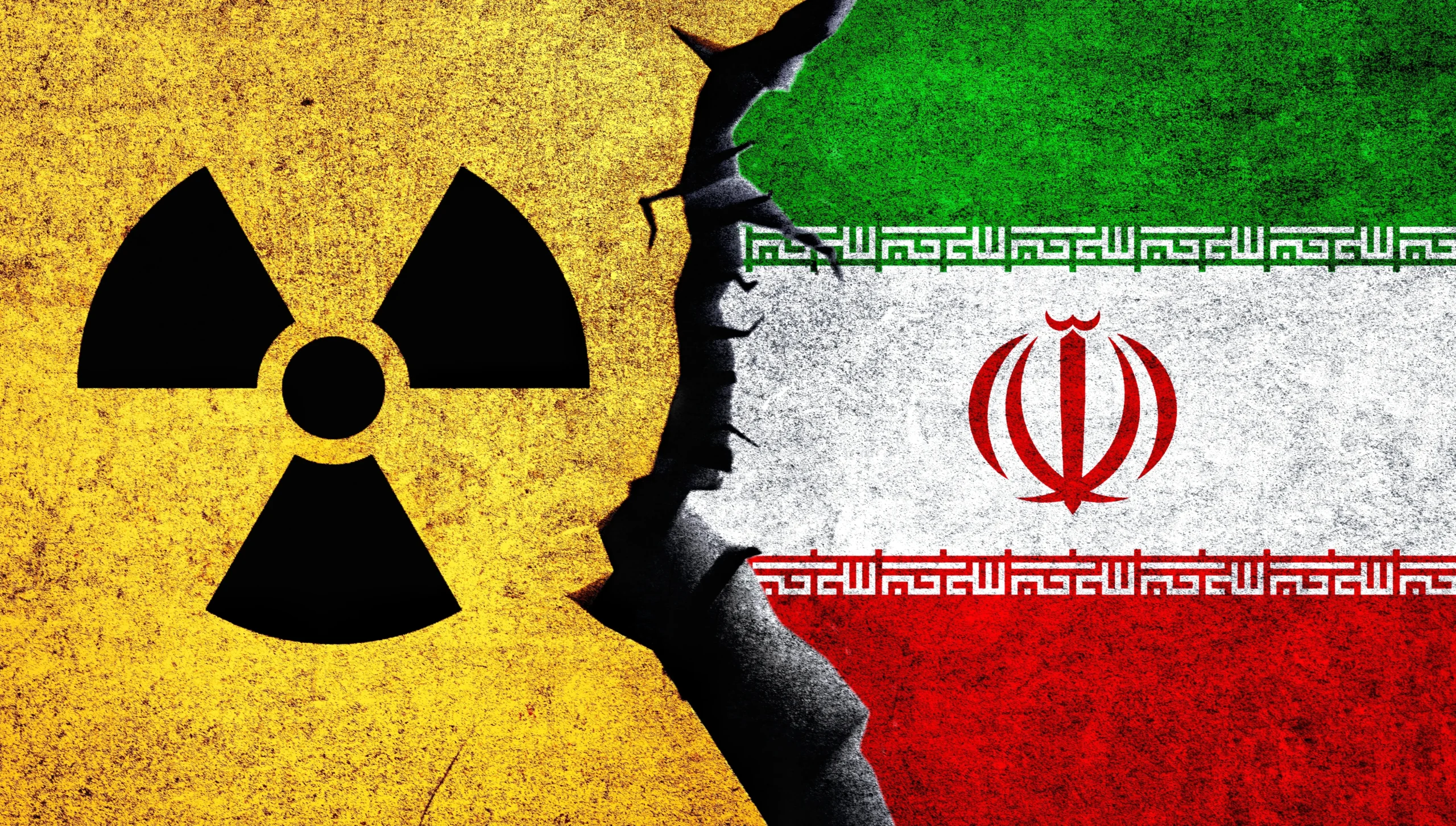
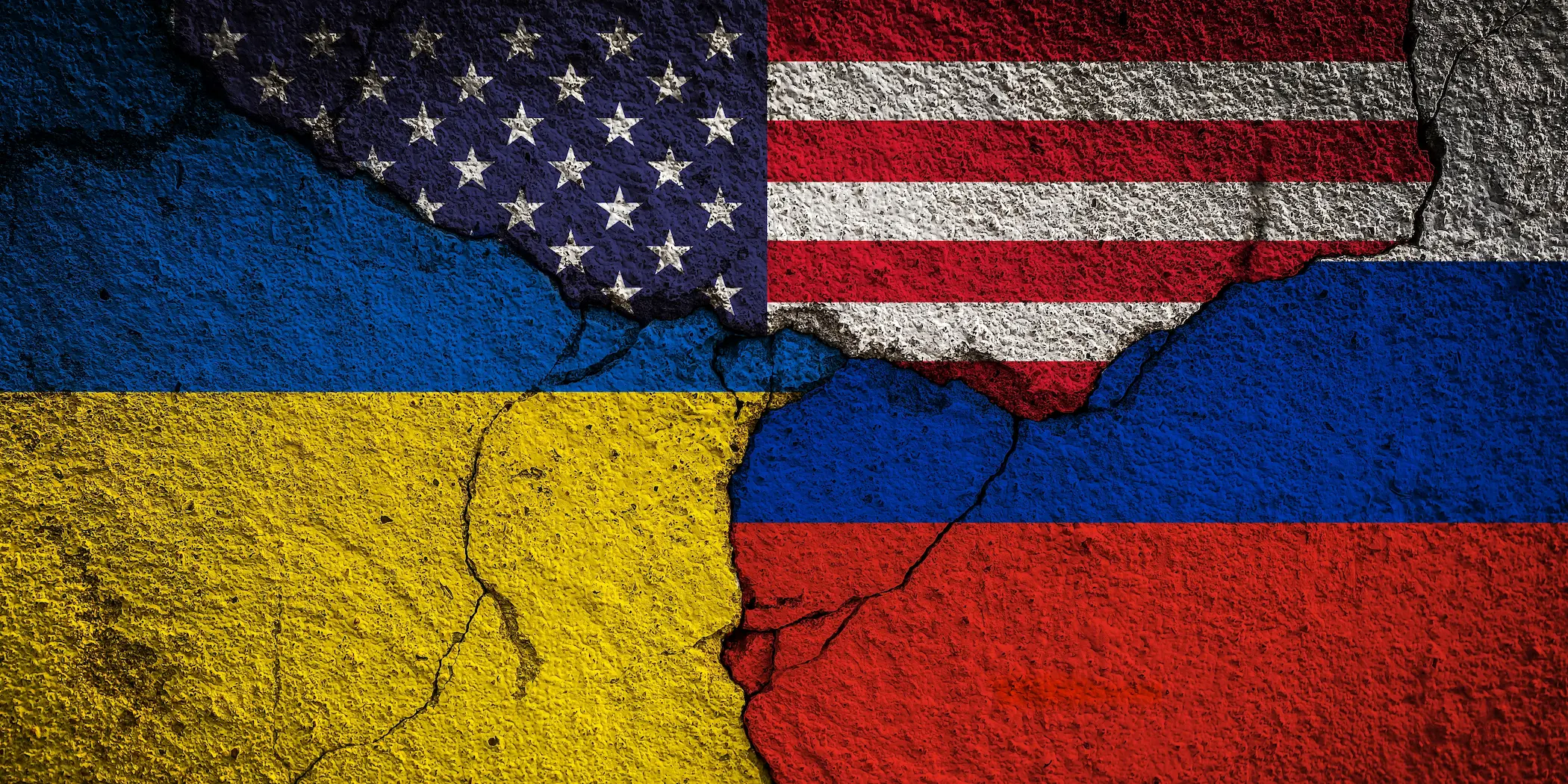





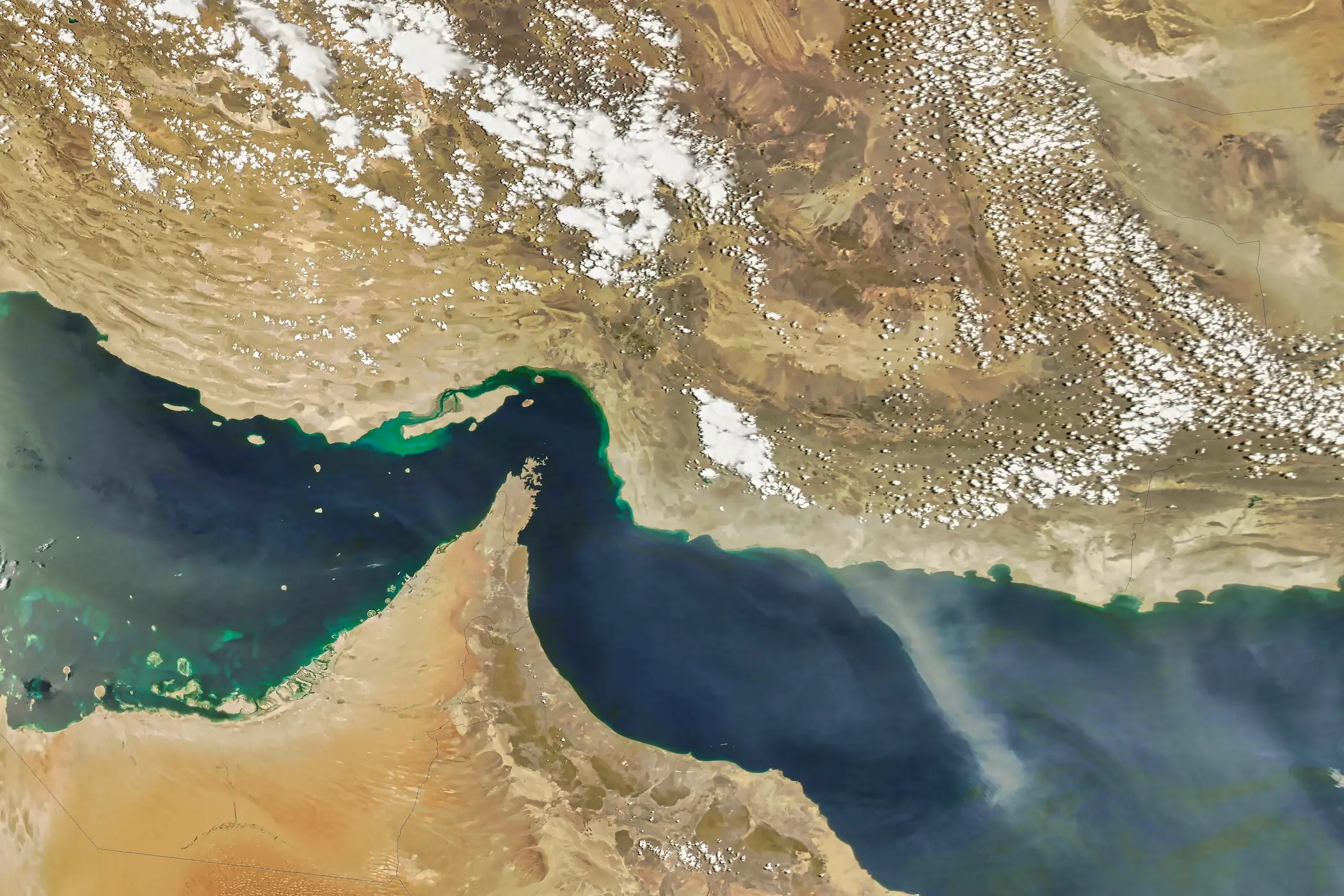







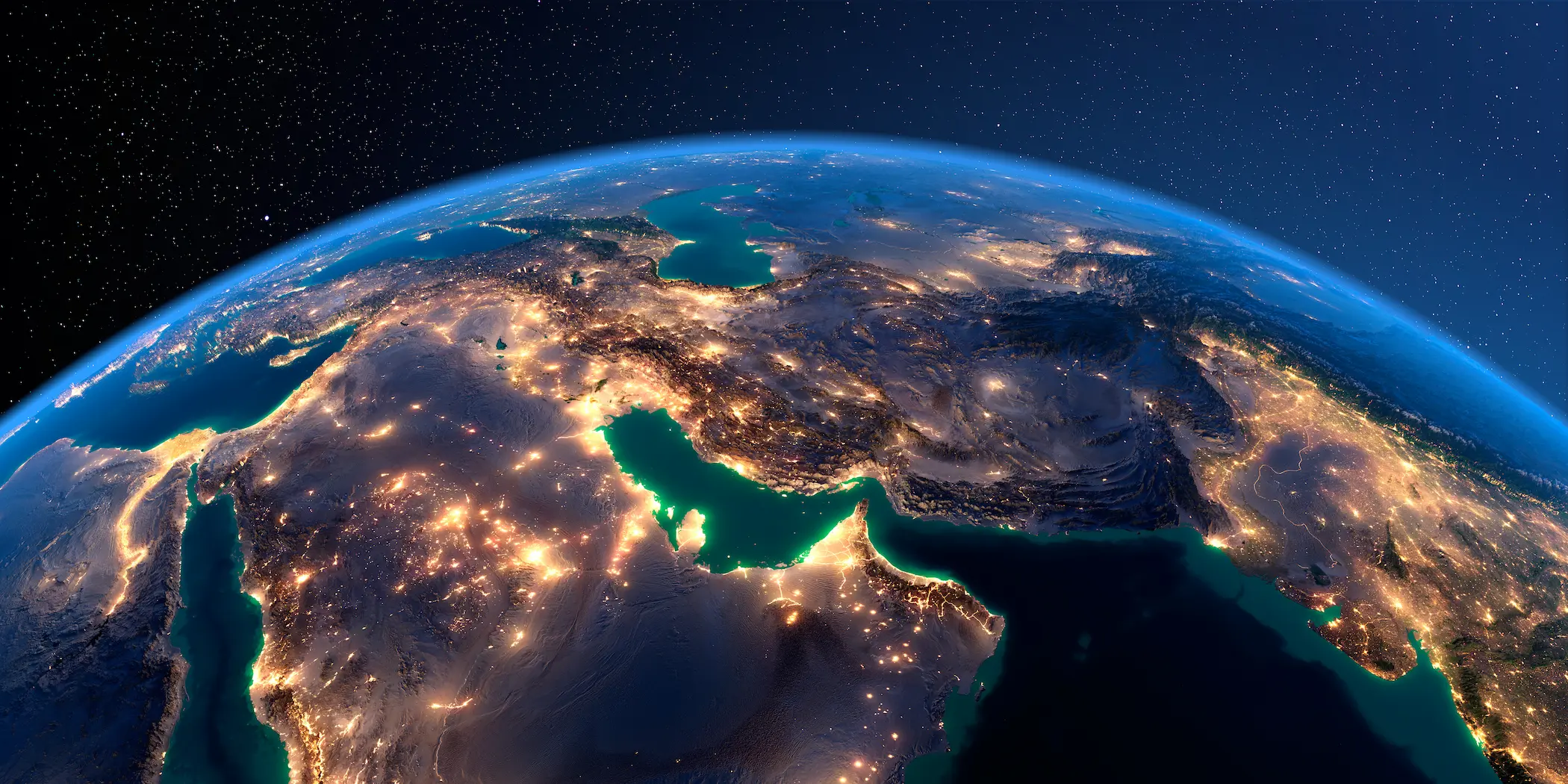
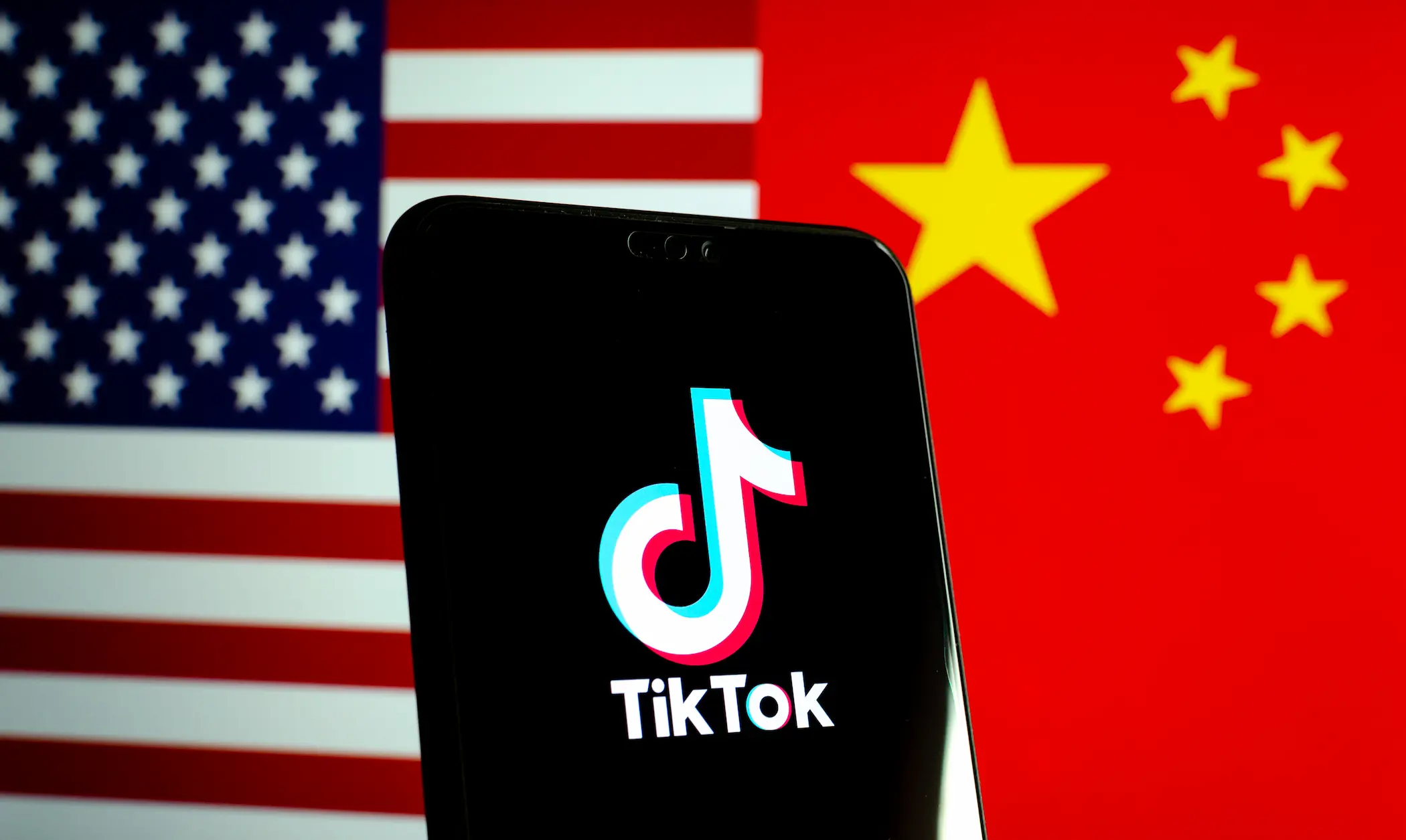



Comments